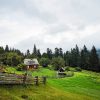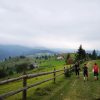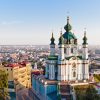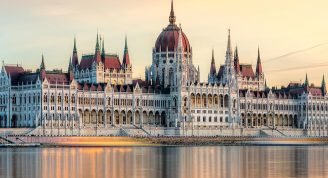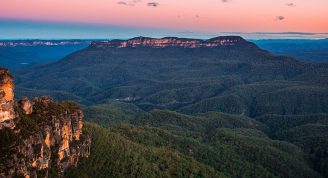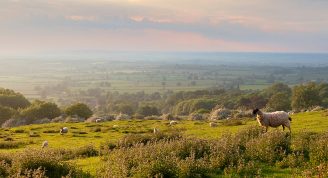Description
Discover the hidden and the unexpected on this 20-day tour of Romania, Moldova and Ukraine. From the breakaway republic of Transnistria – where Soviet values persist – to the eerie wastelands of the Chernobyl Exclusion Zone, this itinerary showcases some of the least-visited and most rewarding sights in Europe. Go beyond images of stark buildings and stone-faced people and discover whimsical palaces set in picturesque hillside, share songs and stories with welcoming families and feast on borscht, chicken Kiev, pierogis and Moldovan wines.
Trip Name
Highlights of Romania, Moldova & Ukraine
Last Updated
2020-05-21
Days
20
Capacity
12
Highlights
- Encounter the isolated communities that live along the Danube Delta, many of whom have no road access and survive on traditional activities like fishing, during a full-day boat trip on the river.
- Become one of the few travellers to visit Transnistria, a breakaway republic in eastern Moldova where Soviet values are still upheld, and locals continue their fight for independence
- Explore Ukraine’s Chernobyl Exclusion Zone on a guided tour, wandering the eerie streets of Pripyat that have lay abandoned since the 1986 nuclear disaster.
- Discover lively mountain hospitality during a two-night stay in the hills of the Carpathians – a proud Ukrainian mama will even teach you to cook some local specialties.
- Sip Moldovan wines while you tour some of the 200 kilometres of underground passages that make up the world’s largest wine cellar in Milestii Mici.




